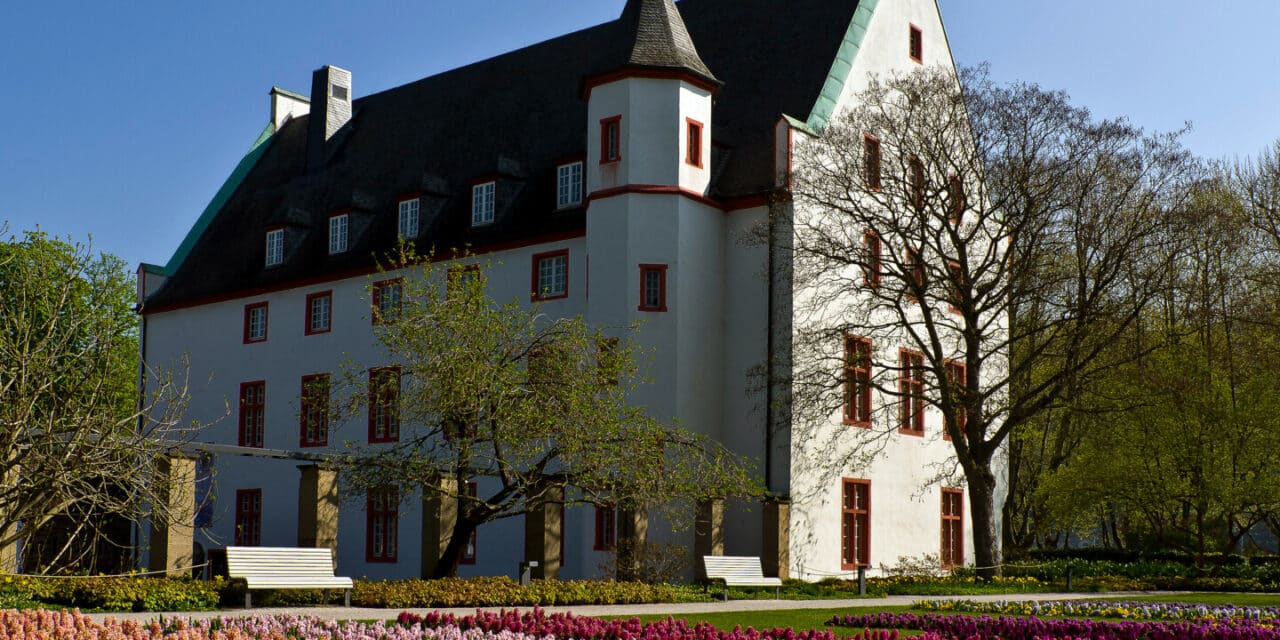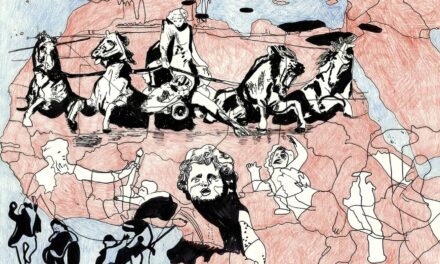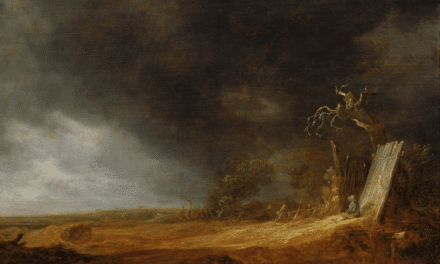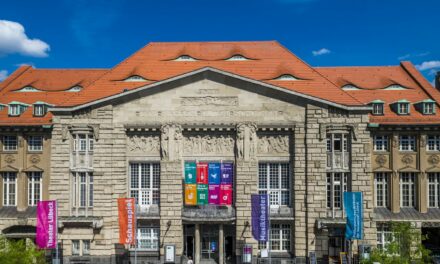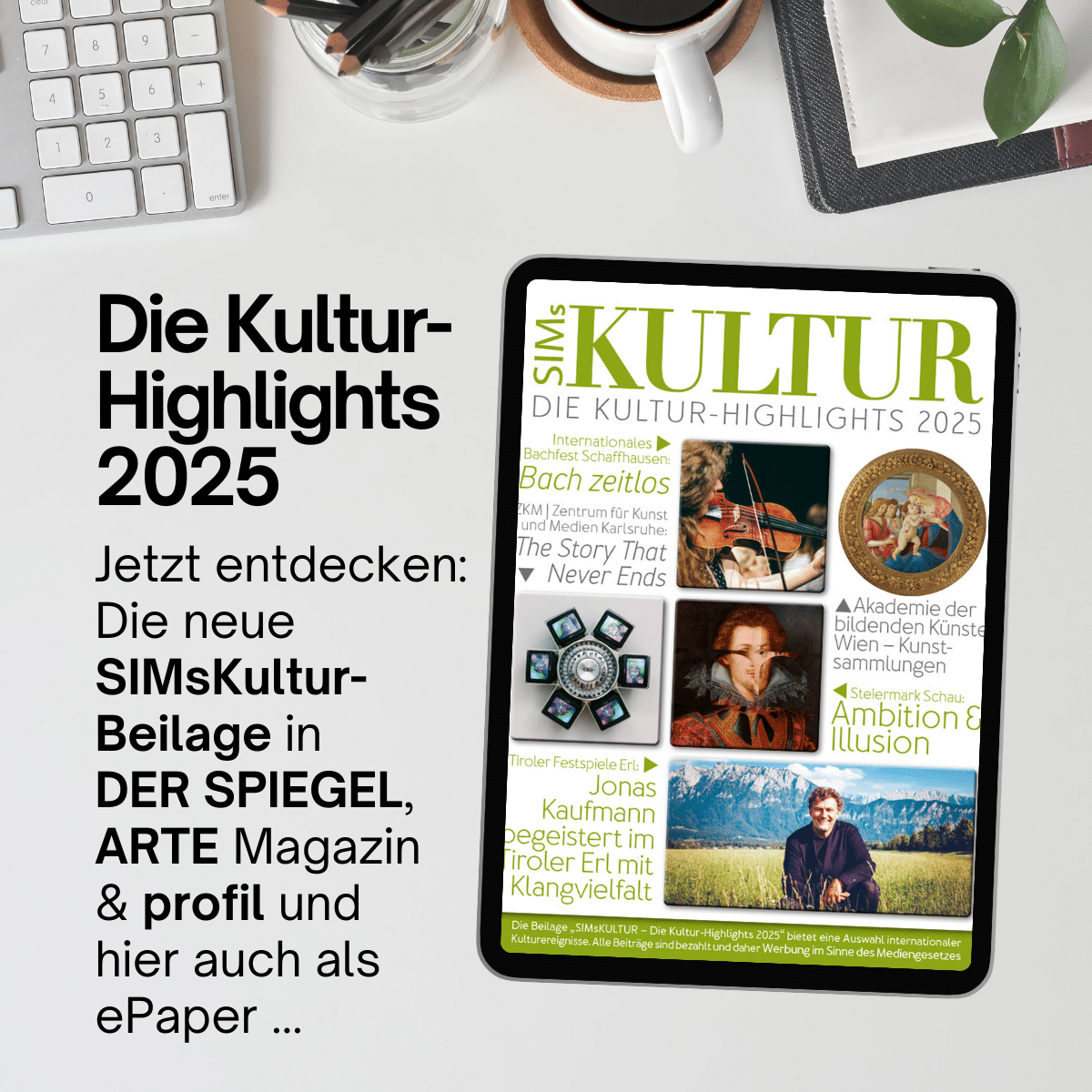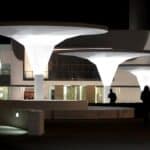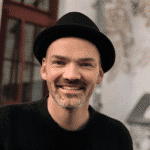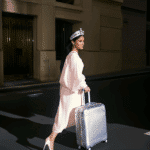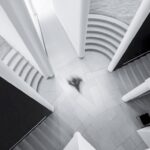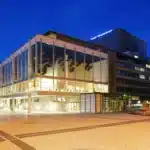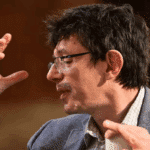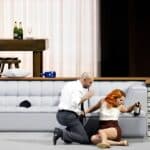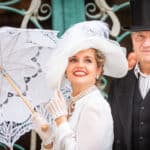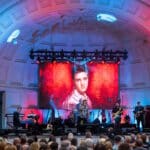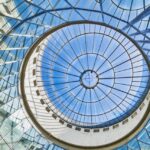The exhibition at the Ludwig Museum Koblenz is dedicated to the multifaceted work of Erwin Wortelkamp and focuses in particular on his works on paper. It sheds light on his artistic understanding of dialog, nature and space as well as the interrelationships between sculpture, architecture and the viewer.
Erwin Wortelkamp has lived and worked in the Westerwald since the mid-1980s, where he has created a significant landscape space in which to present his artistic position, alongside his impressive oeuvre of sculptures, works on paper, texts on art and his own exhibition projects with artists. For him, it is often the inner and outer dialogues in harmony with nature that make up his artistic work and which appear more topical than ever today. His sculptures in particular reflect structures related to nature, especially those based on the tree - although it is often the title of the work that suggests this context ("Perhaps a tree", he calls some of his works). His understanding of sculpture is based on the principle of dialog. He himself often consciously acts as a public figure. In ever new ways, he questions the relationship of man to nature and the body to space. He primarily uses iron and wood to realize his concerns.
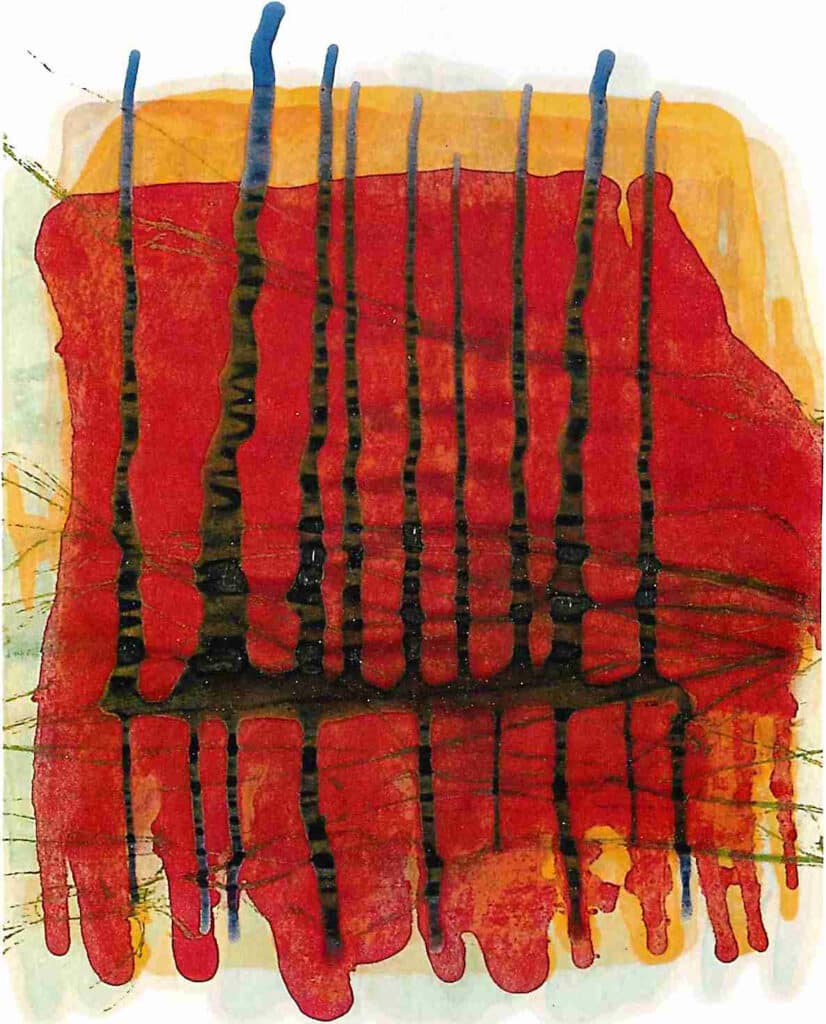
Erwin Wortelkamp: Acquaviva 127/00, 2000, linseed oil, turpentine, pigment on paper, 100 x 96.5 cm, photo: © Gunther Balzer, Kaiserslautern © Erwin Wortelkamp
Wortelkamp has a multi-layered oeuvre that is based on constant reflection on himself and the potential impact of art. Less prominent are the numerous works on paper that he has created over the course of many decades, ranging from sketches for projects and actions to architectural designs and independent free color works. It is precisely in these works that he explores color to surface, seeking abstractly formulated echoes of nature and developing an independent body of work over the years. He experiments with the materiality of the different papers as well as with the saturated colors of pastels or watercolors. The size varies and can take on human dimensions. Last but not least, he uses the possibilities of woodcuts or embossing.
The exhibition aims to trace this complex of works in particular. Fundamental sculptural themes such as fragility, stability, balance and calm are also of central importance. These relate just as excitingly to the questions of the respective relationship between sculpture and architecture as well as sculpture and space and, ideally, between the work and its viewer.
June 1 to August 17, 2025

